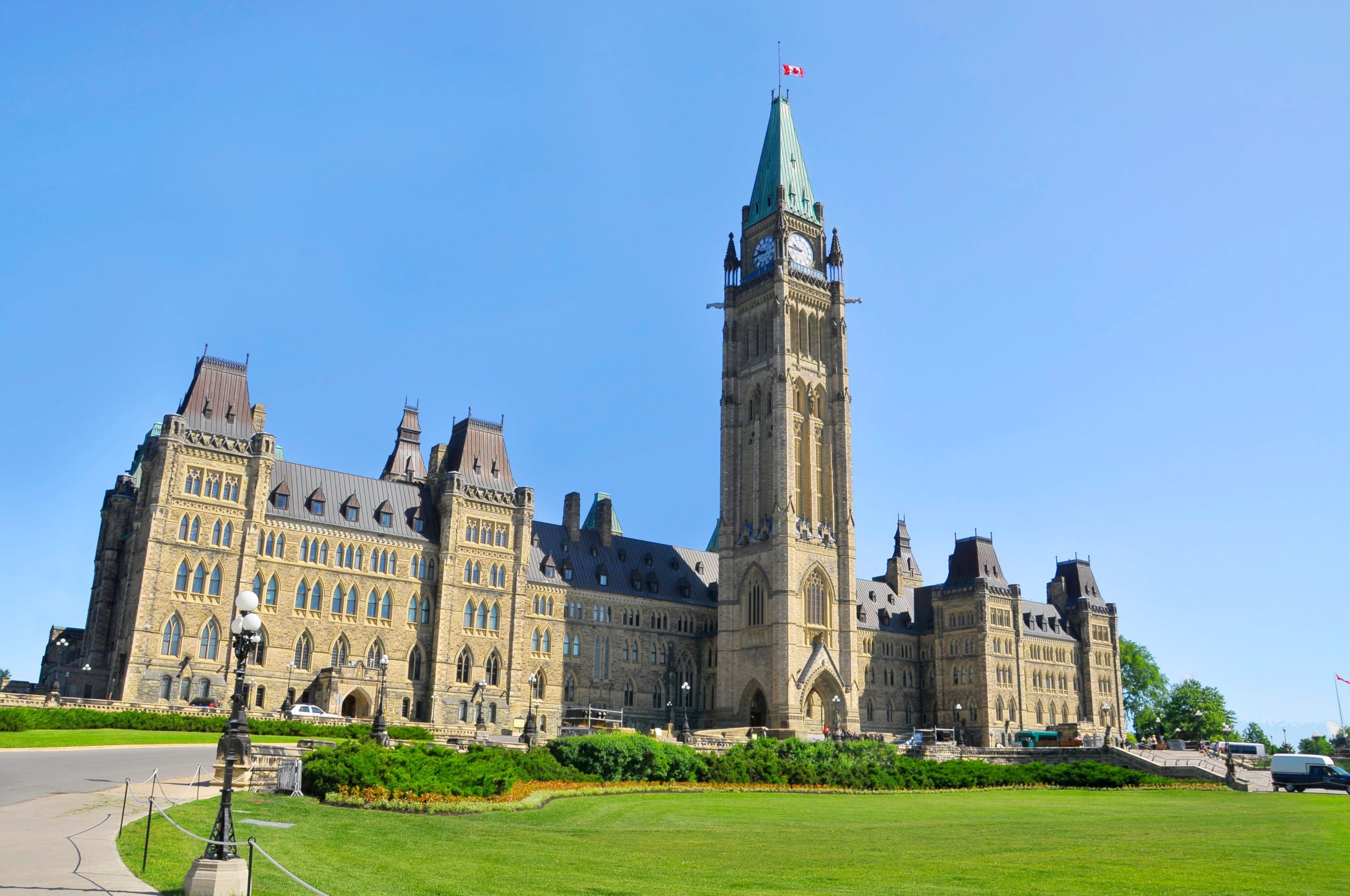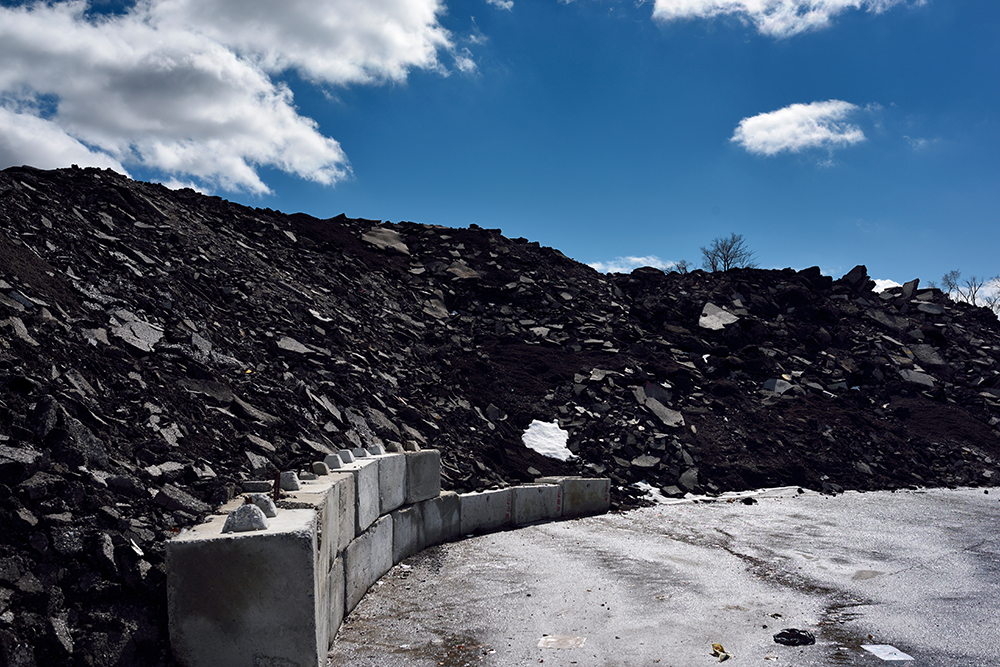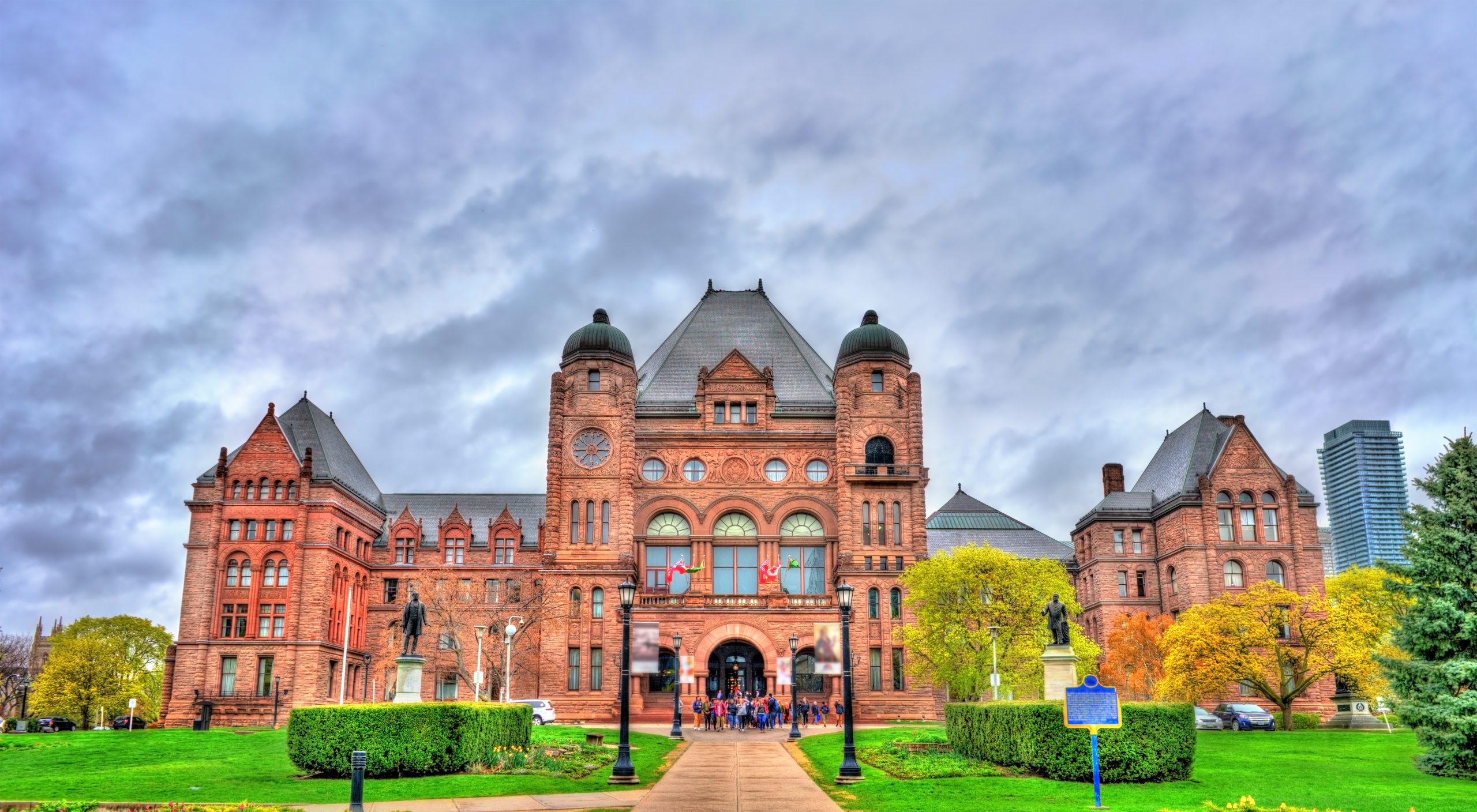Pursuant to Good Roads Policy B-008, the Good Roads Nominating Committee will present a slate of directors to attendees at the Annual Good Roads Conference taking place March 29 – April 01, 2026, at the Fairmont Royal York in Toronto, Ontario.
The Good Roads Board of Directors understands the strength that diversity provides and is committed to achieving equity and inclusion on its leadership team. Women and individuals from equity seeking groups are encouraged to apply.
The following directors will automatically serve on the 2026 – 2027 Board of Directors:
- President: Paul Ainslie – Councillor, Ward 24, Scarborough-Guildwood, City of Toronto
- First Vice-President: Aakash Desai – Treasurer, Township of Chatsworth; and
- Second Vice-President: Melissa Abercrombie, Director of Public Works, County of Oxford; and
- Immediate Past President: Cheryl Fort – Mayor, Township of Hornepayne;
- Directors
- Salim Alibhai – Director, Capital Planning & Delivery, Transportation Operations, Public Works, Regional Municipality of York
- Cathy Burghardt-Jesson – Mayor, Township of Lucan-Biddulph
- Terry McKay – Deputy Mayor, Township of Chatsworth
- Kristin Murray – Councillor, City of Timmins
- Vincent Sferrazza – Director of Operations and Maintenance, Transportation Services, City of Toronto
- Alysson Storey – Councillor, Municipality of Chatham-Kent
- Justin Towndale – Mayor, City of Cornwall
The Nominating Committee will put forward a slate comprised from Good Roads’ municipal and First Nations membership. The slate will satisfy the geographic requirements prescribed in Section 14 of the Constitution as well as the criteria in Policy B-008.
The following vacancies need to be filled:
| City of Toronto | 0 Vacancy | |
| The City of Toronto Zone consists of the City of Toronto. | ||
| Northern Zone | 3 Vacancy | |
| The Northern Zone consists of the municipalities and First Nations in the Districts of Algoma, Cochrane, Kenora, Manitoulin Island, Nipissing, Parry Sound, Rainy River, Sudbury, Thunder Bay and Timiskaming; municipalities in and including the District of Muskoka and the City of Greater Sudbury. | ||
| South Central Zone | 0 Vacancies | |
| The South Central Zone consists of the municipalities within and First Nations adjacent to the Counties of Dufferin, Grey, Simcoe, and Wellington, and municipalities in and including the Regional Municipalities of Durham, Halton, Niagara, Peel and York, and the City of Hamilton. | ||
| Southeast Zone | 2 Vacancy | |
| The Southeast Zone consists of the municipalities within and First Nations adjacent to the Counties of Frontenac, Haliburton, Hastings, Lanark, Leeds and Grenville, Lennox and Addington, Northumberland, Peterborough, Prescott and Russell, Prince Edward, Renfrew, and Stormont, Dundas and Glengarry, and the Cities of Kawartha Lakes and Ottawa. | ||
| Southwest Zone | 0 Vacancy | |
| The Southwest Zone consists of the municipalities within and First Nations adjacent to the Counties of Brant, Bruce, Elgin, Essex, Haldimand, Huron, Lambton, Middlesex, Norfolk, Oxford, and Perth, the municipality of Chatham-Kent, and municipalities in and including the Regional Municipality of Waterloo. | ||
Access the Good Roads Zone Map here.
Those elected shall serve for a two-year term ending on Wednesday, March 31, 2027.
Any member of Council or a permanent full-time staff from a Good Roads member municipality or First Nation who is interested in being considered as a candidate for a position on the Board of Directors must complete the attached Nomination Consent form found below and submit it along with a résumé to the attention of John Parsons, Chair of the Nominating Committee no later than 1700 h Eastern Time on Friday, January 23, 2026.
Nominations can be emailed to info@goodroads.ca or mailed to Good Roads, 1525 Cornwall Road, Unit 22, Oakville, Ontario L6J 0B2.
The Nominating Committee will meet on Tuesday, February 17, 2026, to recommend a slate of directors to the membership. The Nominating Committee is comprised of the following directors:
- Chair: Antoine Boucher, Immediate Past President
- Vice Chair: John Parsons, Past President
- Members: Melissa Abercrombie, Director, Chris Angelo, Director, Justin Towndale, Director
Questions regarding the nomination process or serving on the Board of Directors can be directed to Scott Butler at scott@goodroads.ca or 416-564-4319.
















